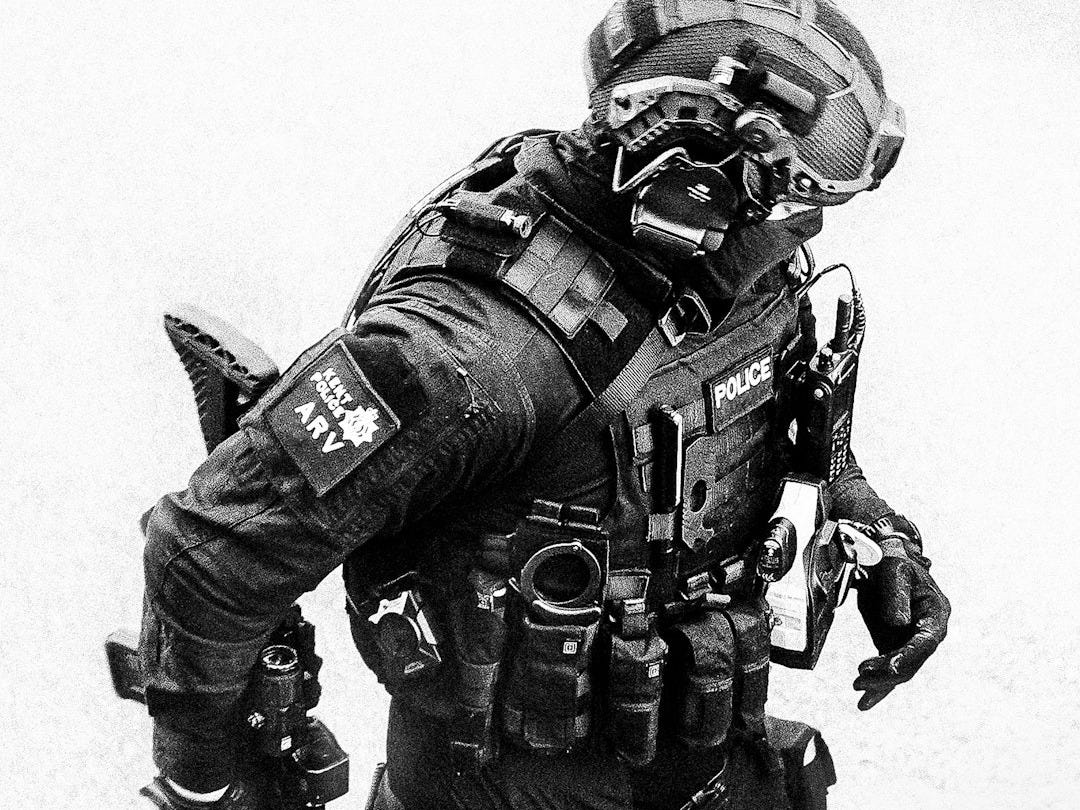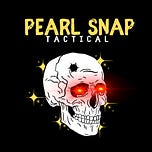In this transmission, we take a critical look at some of the most overused clichés in the tactical training world. It’s not that these are wrong, per se, but they’ve been repeated so often that they’ve become diluted, misused, and in some cases, actively harmful to your training. So kick back as we discuss:
♠️ Why these cliches could be holding you back, even if they seem like good advice
♠️ How to recognize the misapplications of these phrases that might be damaging your skill development
♠️ Practical strategies for building a progressive training regime without being restricted to empty saying
♠️ And more!
So with that, let’s go!
Training Cliches That Gotta Go

Today, we’re taking on some of the most overused cliches in the tactical training world. You’ve heard them a thousand times: “Train as You Fight,” “Amateurs Train Until They Get It Right, Professionals Train Until They Can’t Get It Wrong,” and the classic, “Slow is Smooth, Smooth is Fast.”
Let’s be clear—we’re not saying these phrases are wrong or outdated. There’s a reason they’ve stuck around. But the problem is that they’ve been repeated so often and applied so broadly that their original meaning has been lost or even distorted. In many cases, people parrot these lines without truly understanding what they mean. Today, we’re going to break them down, talk about where they go wrong, and most importantly—how to apply them correctly so they actually improve your training and performance.
Cliché #1: “Train as You Fight”

This phrase is meant to reinforce the idea that your training should be as realistic as possible so that your skills translate directly to real-world application. It makes sense—why waste time on techniques that don’t hold up under stress?
Where It Goes Wrong:
Used to Justify Bad Training Practices
Some people interpret “Train as You Fight” to mean that every training session needs to be done at full intensity, in full kit, with maximum stress. This leads to dangerous shortcuts and bad habits, like skipping essential skill-building steps just to “keep it real.”Overlooks the Importance of Isolated Skill Development
You can’t always train exactly as you fight. Sometimes, you need to slow things down and break skills into individual components—like isolating draw mechanics or reload drills—before you integrate them into a full-speed scenario.Ignores That Some Real-World Factors Can’t Be Trained
No matter how hard you train, you can’t perfectly replicate adrenaline dumps, tunnel vision, and real-life decision-making pressure. The key is to create training that builds adaptability rather than pretending training can fully simulate reality.
How to Apply It Correctly:
Train in a progressive manner—build skills first, then introduce stress and complexity.
Recognize that fundamentals matter—isolated drills are valuable before integrating them into full-speed scenarios.
Incorporate decision-making and stress inoculation, but don’t let “Train as You Fight” become an excuse for reckless or unrealistic training.
Cliché #2: “Amateurs Train Until They Get It Right, Professionals Train Until They Can’t Get It Wrong”

At its core, this phrase emphasizes repetition and mastery. The idea is that professionals don’t just practice until they succeed once—they practice until success is their default. And that’s an important distinction.
Where It Goes Wrong:
It Suggests an Unrealistic Standard
The reality is, nobody is perfect. Even top-tier operators and professional shooters make mistakes. The goal of training shouldn’t be to reach some mythical level of perfection where failure never happens—it should be to build skills that hold up under stress and allow for quick recovery from mistakes.Leads to Mindless Repetition Instead of Purposeful Training
Some people hear this phrase and think it means they need to repeat the same drill endlessly. But mindless reps don’t build skill—deliberate practice does. Professionals train with feedback, constantly refining and improving their technique.Fails to Address Adaptability
Real-world encounters are unpredictable. Instead of only training to “never get it wrong,” professionals also train for what happens when things go wrong—how to adapt, recover, and keep moving.
How to Apply It Correctly:
Focus on deliberate, purposeful practice rather than just blind repetition.
Train not just for perfection, but for adaptability—how do you recover when things don’t go as planned?
Accept that even professionals make mistakes, but they train to recognize and fix them faster.
Cliché #3: “Slow is Smooth, Smooth is Fast”

This is one of the most quoted phrases in shooting and tactics, and for good reason—it’s meant to reinforce efficiency over raw speed. The idea is that rushing leads to sloppiness, but if you focus on smooth, deliberate execution, speed will follow naturally.
Where It Goes Wrong:
People Think It Means “Train Slow Forever”
Some shooters take this to mean they should only ever train at slow speeds, thinking that speed will magically develop on its own. The truth is, if you never push yourself to go faster, you’ll never actually get faster.It’s an Incomplete Thought
Yes, smoothness is important. But at some point, you must introduce speed and stress into your training to truly prepare for a real-world encounter.It Can Lead to Over-Precision Instead of Practical Speed
Some shooters get so focused on smoothness that they hesitate or move too methodically in real situations. In a gunfight, hesitation can get you killed.
How to Apply It Correctly:
Start slow to build good mechanics, but gradually push your speed while maintaining control.
Don’t mistake comfort for skill—once you’re comfortable at one speed, challenge yourself to go faster.
Recognize that in real-world encounters, speed and aggression often win—don’t get trapped in slow-motion training forever.
Wrapping it up…

These tactical cliches aren’t wrong—they’re just overused and misunderstood. When taken out of context, they can lead to bad training habits, unrealistic expectations, and even dangerous assumptions. The key is to understand the real meaning behind these phrases and apply them in a way that actually improves performance.
At the end of the day, good training is about balancing efficiency, realism, and adaptability. If you train with purpose, push yourself, and apply these concepts correctly, you’ll be far better prepared for real-world encounters than if you just parrot catchy sayings.
Are you digging this transmission? If so, share it with a buddy who’s got your six and keep the conversation going.











Share this post